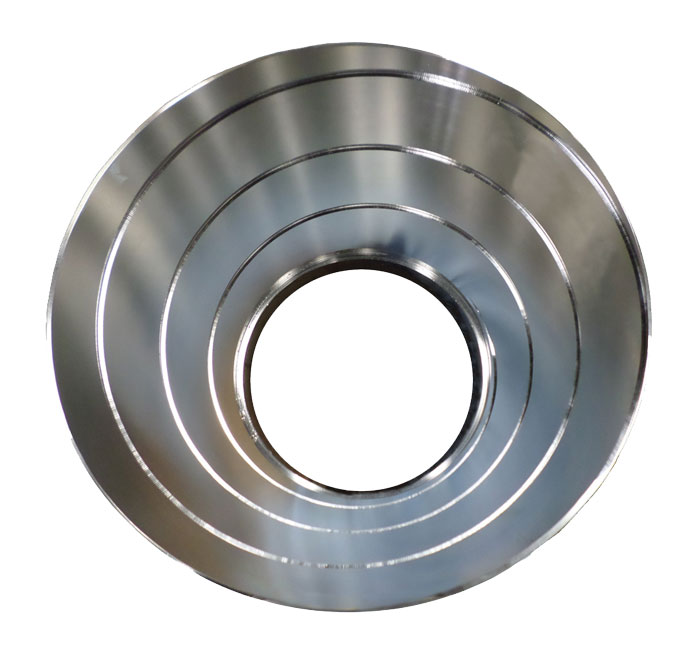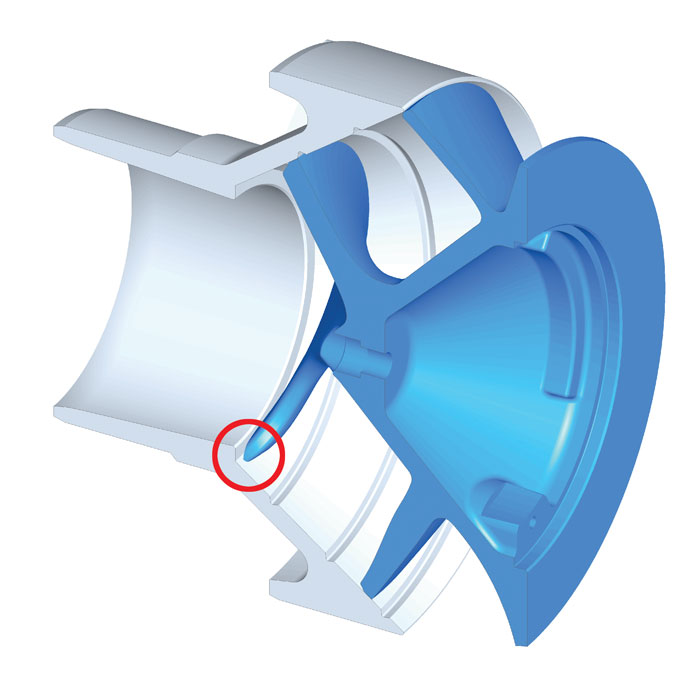Over the past few decades, wastewater has been changing, and continuing environmental concerns and a growing world population make many more aware of their personal water use. In an attempt to decrease water usage, people worldwide are installing low-flow faucets, toilets, shower heads and other fixtures. While this helps to decrease the amount of water used, the amount of solids that goes down drains does not change. Industrial companies have also been under the same pressure to decrease their water usage.
It is almost impossible to talk with an industrial water user today who does not have a company-wide goal to decrease water usage year over year, while increasing production of their products. Using less water while producing more (without decreasing solids) means the solids concentration in wastewater has been increasing for at least the past 20 years, if not longer.
As the solids concentration in wastewater increases, the standard semi-open, open and enclosed nonclog-style pumps used in the past are beginning to clog more frequently. Depending on the severity of the service, the nonclog-style pump impellers may experience anywhere from a partial clog to a complete blockage, which prevents any water from passing through.
When solids concentrations increase in wastewater, alternative pump types beyond the typical nonclog pump should be considered. When the alternative pump type is selected correctly, clogging problems can be greatly reduced or even eliminated.
 Image 1. Caught rag moving through screw centrifugal impeller (Images courtesy of Weir)
Image 1. Caught rag moving through screw centrifugal impeller (Images courtesy of Weir)The Single-Vane Solution
A single-vane, screw centrifugal pump is one simple solution to these clogging problems. The main design elements of the single-vane, screw centrifugal pump eliminate the most common clogging points in the flow stream. First, the single-vane, screw centrifugal impeller pump has only one vane. It does not take a mathematician to know that one vane is less than two, three, four or more vanes that are seen in other pump designs.
The number of vanes in the pump is important because the leading edge of a solids handling pump is one of the main areas where clogs begin. Fibrous and stringy materials such as “flushable” wipes or paper towels get caught on the leading edge of impeller vanes. By decreasing the number of vanes to one vane, the chance of clogging on the leading edge of the vane is at least half that of a multivane pump.
Additionally, the shape of the leading edge of the single vane was designed such that it blends into the body of the impeller. Therefore, even when materials get caught on the leading edge of the vane, the liquid flowing through the pump pulls the trapped materials down the leading edge and into the body of the impeller, where they unwrap from the leading edge and get pushed back into the flow stream.
 Image 2. Spiral groove machined into the liner
Image 2. Spiral groove machined into the linerLiner-Impeller Gap
The second design element that helps to alleviate clogging is not actually the pump impeller itself, but the profile of the liner that the impeller fits into. Although the impeller rotates, the liner is mounted to the pump volute and does not rotate. In order to maintain high efficiencies, the gap between the liner and impeller must be quite small so that recirculation is kept to a minimum. However, when the pumped liquid has solids in suspension, the solids tend to get into every opening they can fit into.
The gap between the impeller and liner does allow for long, thin solids such as cable ties, hair and condoms to get stuck between them. For this reason, there is a spiral groove machined in the liner. When an item gets lodged between the impeller and liner, the groove creates a temporary larger opening that forces the lodged item back out of the gap and back into the flow stream.
 Image 3. Impeller tip cover
Image 3. Impeller tip coverImpeller Tip Location
The third design element that alleviates clogging is the location of the impeller tip. The tip of the screw centrifugal impeller is sharp and will catch the rags that exist in most wastewater applications. The design of the suction end includes a small lip that covers the tip of the impeller and ensures that no solids ever touch it. If no solids ever touch the tip of the impeller, there is no chance of them getting caught.
The lip is small enough to avoid interfering with the flow of the liquid through the pump, yet large enough to cover the entire impeller tip.
These three design elements work together to overcome the main issues in a solids handling pump that can cause clogs. This makes the single-vane, screw centrifugal pump a good option for wastewater applications with heavy amounts of large solids. As with every wastewater application, there are items in the fluid that will sometimes clog anything they come in contact with.
Those items will still clog the single-vane, screw centrifugal pump, but the occurrence is rare. In the majority of installations, clogging can be mostly eradicated by selecting the correct pump type for the application. The design of the single-vane, screw centrifugal pump makes it extremely resistant to clogging, even where other pumps may clog as frequently as once per day.
No special controls need to be installed to benefit from the clog resistance of the pump. The screw centrifugal pump can be operated on standard control systems with just about any sequencing. Lastly, the clog resistance of the screw centrifugal pump is also independent of speed, which makes it a great pump when operating on variable frequency drive.


